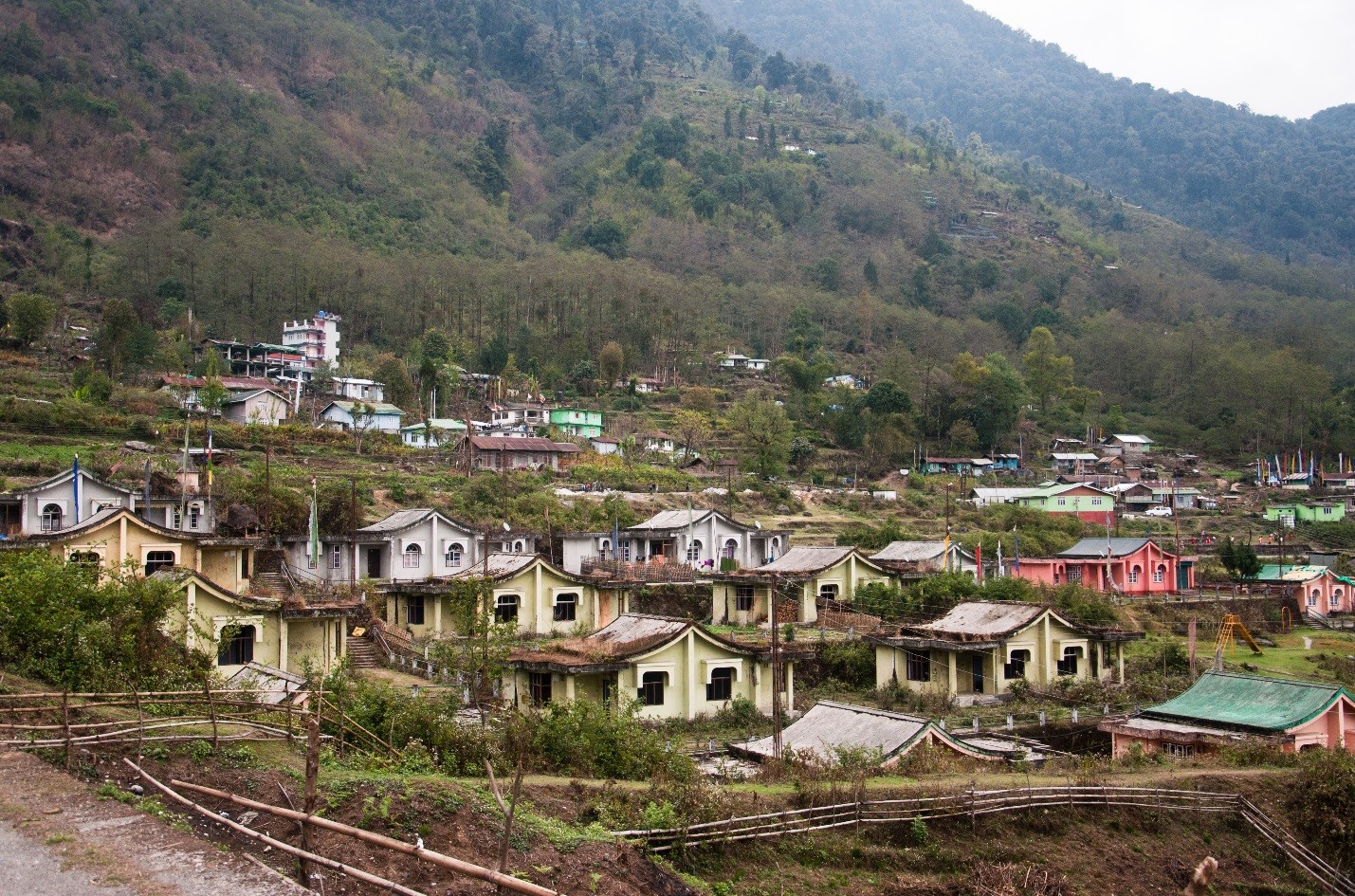‘The impulse to Travel is one of the hopeful symptoms of life’ – Agnes Repplier.
Whether you are a seasoned traveler or an amateur explorer who has been recently bitten by the traveling bug, the historical town of Yuksom shall leave you mesmerized. The place is a get-away destination in a real sense and is devoid of the usual crowd and mayhem that most tourists’ destinations are synonymous with. Located in the quaint backdrop of Rathong Chu valley, Yuksom has evolved into an ideal village for eco-tourism. So, what are you waiting for? Book your air tickets, pack your bags, track flight status online and head to this beautiful and ecologically diverse destination for a rendezvous with Mother Nature.
Quick Facts about Yuksom
- Yuksom was the first capital of Sikkim established in 1642 AD
- The town serves as a base camp for trekking to Mt. Khangchendzonga
Things to do at Yuksom
Known for picturesque views, landscape, diverse flora and stunning mountains Yuksom offers a lot on the table for everyone. The village actively promotes eco-tourism and the best way to explore the town and the neighbouring areas is by foot.
Take a Walk to Dubdi Monastery

Want to escape the noise and pollution of city life? Plan a trek to Dubdi Monastery located within walking distance from Yuksom. Established in 1701, this is one of the oldest monasteries in the state of Sikkim. Located at an altitude of 2,100 meters, Dubdi Monastery is surrounded by pristine environment and location. This monastery is central to the history of Sikkim and decorated with images of divinities, saints, religious symbols, manuscripts and ancient texts.
Plan a Trek to Dzongri

If you are an avid traveler or a natural explorer the trek from Yuksom to Dzongri shall satiate your appetite for discovering new things. Below are the logistical details about the trek –
- Duration – 4 to 5 Days (Ends at Yuksom)
- Hours – Involves 6-7 hours of trekking daily
- Places Covered – Tshoka, Dzongri,
- Difficulty level of the Trek – Moderate to Difficult
- Who should avoid – People suffering from lung diseases, heart ailment, high BP, Asthma must avoid the trek
Visit the Kanchandzongha National Park
A two-hour walk from Yuksom will take you to the Kanchandzongha National Park, a biosphere reserve. Most recently, the park was made it to the UNESCO World Heritage Site List, thus becoming the first “mixed heritage” site in India. The park is home to glaciers and animals like musk deer, snow leopard and Himalayan Tahr and various species of birds and insects. You can spend the night at a park in one of the four guests’ houses operating in the region or return the same day to Yuksom.
How to Reach Yuksom
There are various ways to reach Yuksom, and it mainly depends on where you are traveling.
By Train
The nearest railway station to Yuksom is Jalpaiguri. From there, visitors can hire a taxi to cover nearly 170 kms. The entire length of the journey will take you 6-7 hours. Due to hazardous road conditions, travelers are recommended not to undertake the journey at night.
By Air
The nearest airport to Yuksom is Bagdogra, West Bengal. To reach this quaint location, you can log on to travel booking website in the likes of Yatra where you can also track flight status online. The total distance between Bagdogra and Yuksom is approximately about 150 kms and can take up to 5-6 hours to cover the distance. Once again, avoid traveling at night. To remain safe as well as to enjoy the scenic beauty of the drive, it is advised to cover this leg of the journey during the day.
What to Pack?
People interested in travelling to Yuksom should be prepared for tough yet exotic terrains. Yumsom is a haven for bag packers, adventure travelers, and camping enthusiasts. Therefore, make sure you carry your camping gear, first-aid box, pre-packed meals and adequate warm clothes. Clothing should be comfortable and flexible so that trekking is easy and enjoyable. Weather can be unpredictable in the valley, therefore ensure that you carry raincoats and plastic lining to protect your bag-pack from getting wet. Take your water bottles and medicines (if any).

